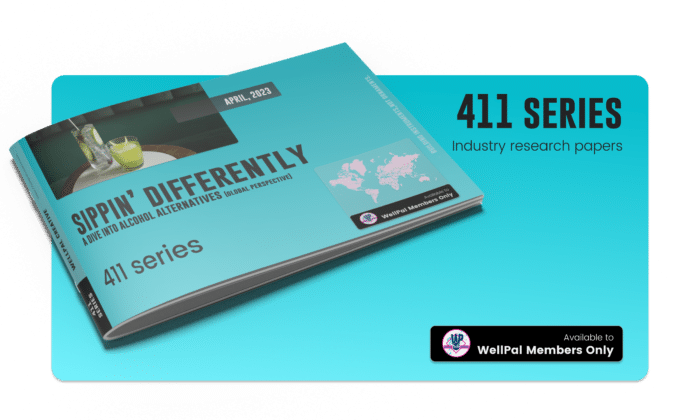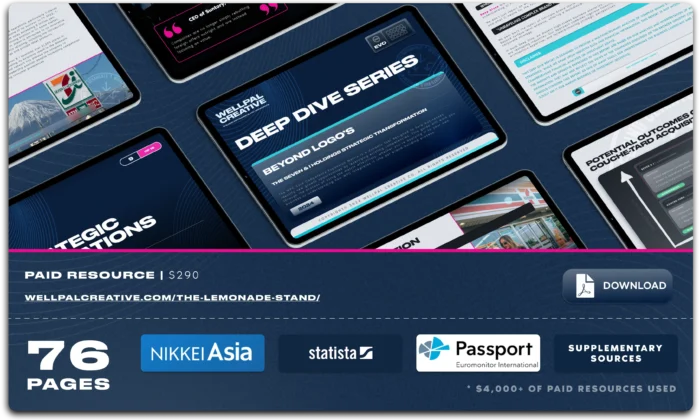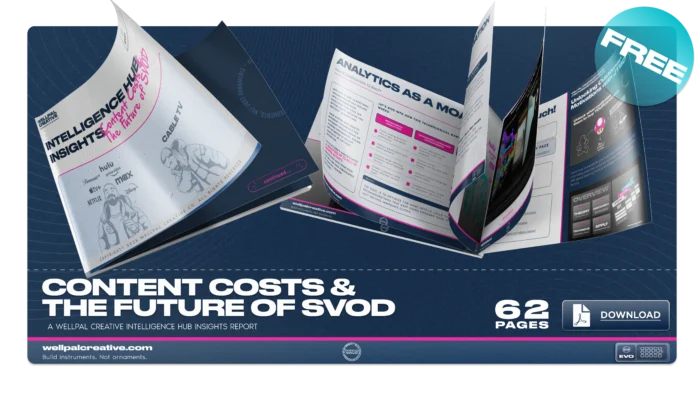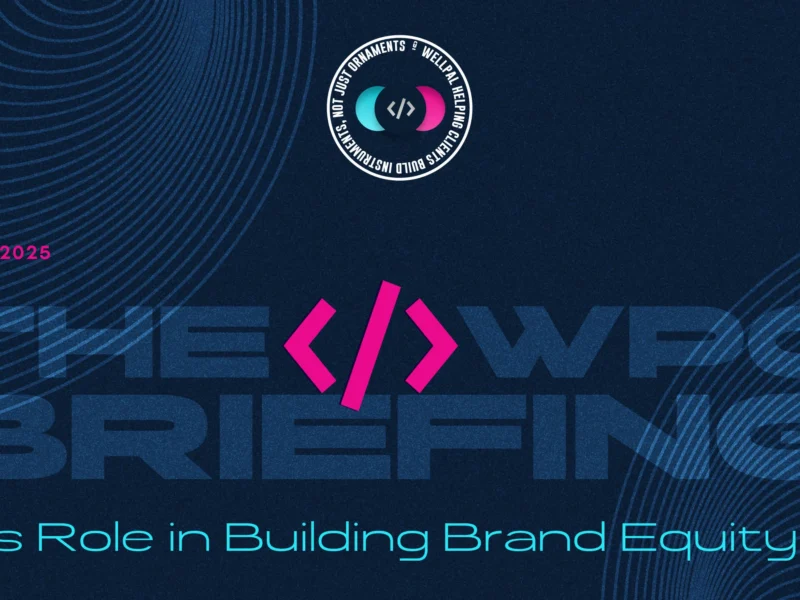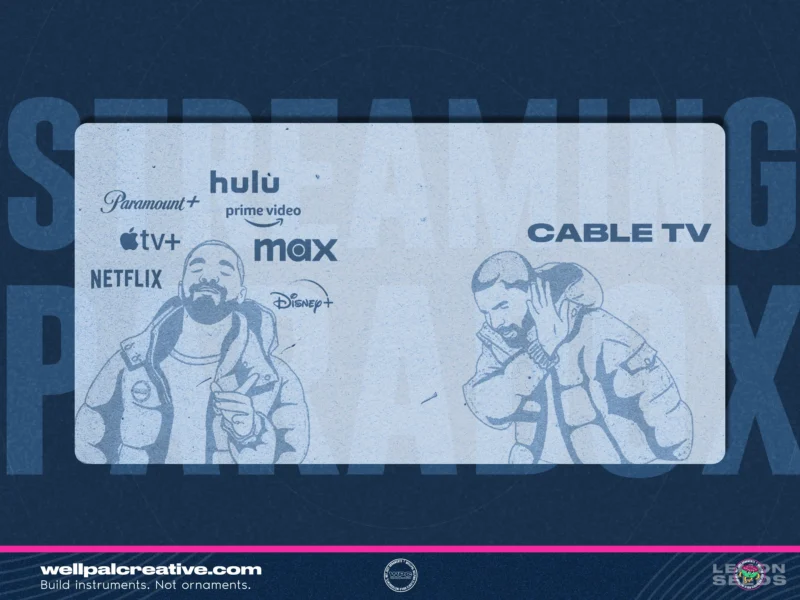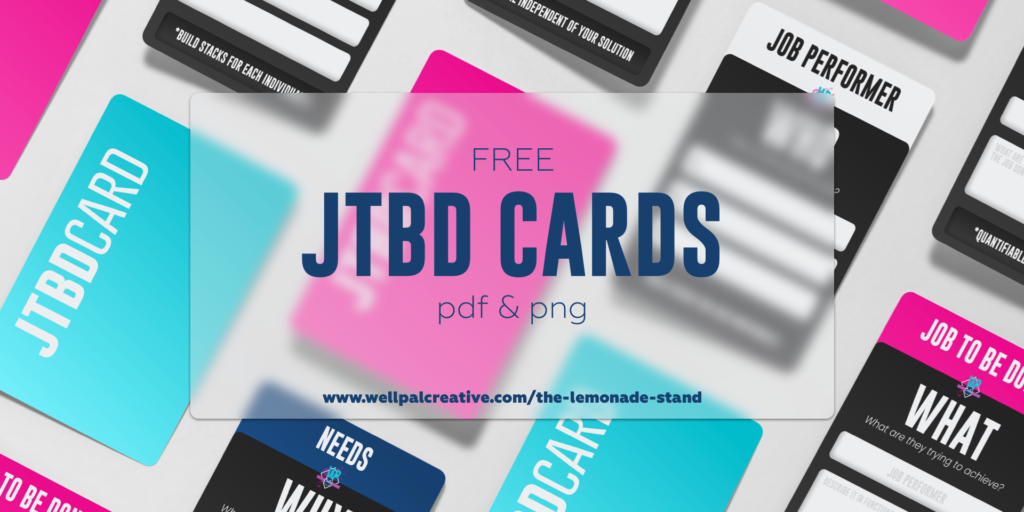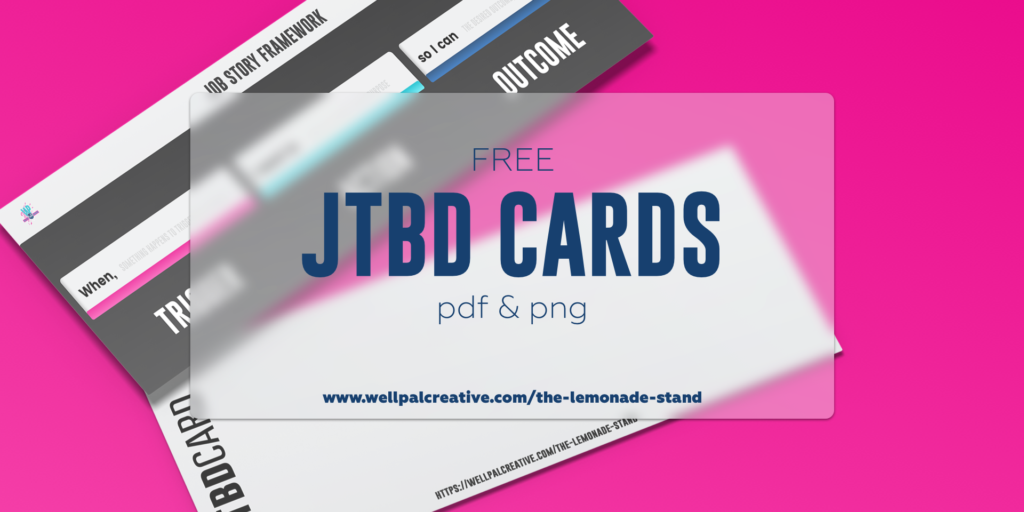COPYRIGHT © 2025 WELLPAL CREATIVE
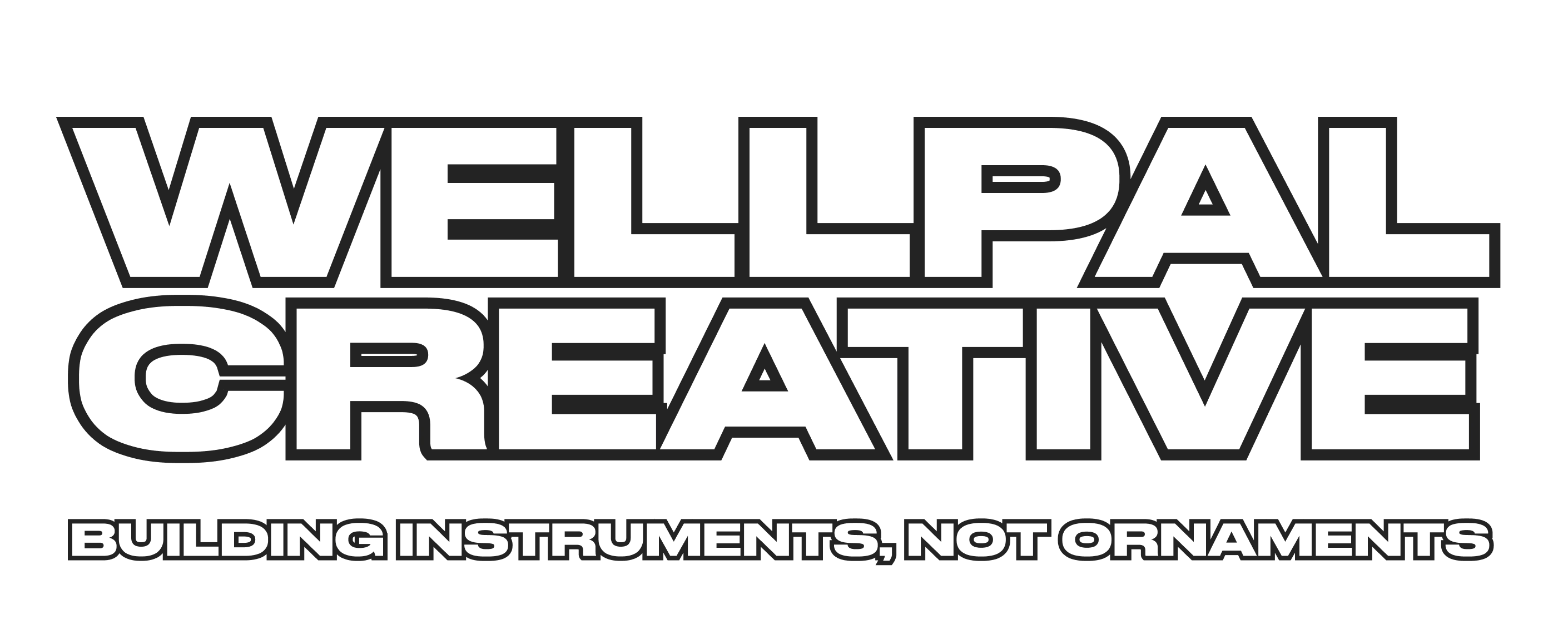
“Build Instruments. Not Ornaments”
Featured
-
411 - NOLO Market
$30.00Original price was: $30.00.$15.00Current price is: $15.00. -
Couche-Tard Acquisition Strategy - Deep Dive Report
$290.00Original price was: $290.00.$200.00Current price is: $200.00.
Recent Lemon Seeds
Copyright © 2025|2026 WellPal Creative
Impactful brand strategy isn't a sprint, but a marathon
Tthe perceived accelerator for rapid business growth.
The case.
In the current heartbeat of the business world, a pervasive mantra echoes — success is tethered to the allure of venture capital, the supposed golden ticket to rapid expansion.
But what if we dare to question this conventional wisdom?
What if success isn’t merely gauged by the enormity of funds raised or the velocity of growth? Welcome to the realm of self-funded businesses, where the playbook takes a divergent path, and triumph is measured not just in milestones but in the very DNA of profitability woven into the fabric from day one.
What if success isn’t a sprint but a marathon, where every step is a conscious choice, and being profitable is not just a goal; it’s an ethos? Join us in unraveling this alternate narrative where businesses thrive by their own rules, charting a course that redefines success beyond the rigid confines of hyper-growth narratives.
Context:
In a landscape dominated by the allure of unicorns and whatnot, it’s time to debunk the myth that only businesses with VC-style playbooks can thrive. This Lemon Seed sets the stage to explore the untapped potential of self-funded enterprises. Imagine a narrative where success isn’t solely gauged by how fast a company can reach the next funding round, but rather by its resilience, longevity, and ability to create generational value.
These are 60% of the businesses I work with and ENJOY working with. The game is different.
Let’s dive in.
In illustrating business scenarios, we've employed fictional company names such as SprintVista, EcoCrafters, and others. These names are symbolic representations crafted to convey real-life challenges and solutions, safeguarding the confidentiality of our valued clients' experiences. Quick Navigation
The Case & Context
Profitable Precision: Navigating Desirability Strategies
Strategic Resilience: Assessing Feasibility
Efficiency Over Expenditure: Unveiling Viability in Beginnings
Paid Growth vs. Free Growth: Aligning Your Business Model with Reality
What can they learn from each other
My 5 Cents
How we can work together
“Profitable Precision: Navigating Desirability Strategies"
In the dynamic landscape of self-funded businesses, the art of profitable precision takes center stage. Unlike their venture-backed counterparts, these companies must meticulously align their offerings with customer desires from the very start. In this dance between strategy and desire, profitability isn’t just a goal; it’s a fundamental component of the business model, an integral part of the DNA.
Consider the case of “EcoEssentials,” a self-funded startup in the sustainable lifestyle sector. From the outset, EcoEssentials strategically positioned itself as a brand attuned to the growing consumer desire for eco-friendly products. By aligning their offerings with the sustainability trend, they not only carved a niche in the market but also ensured that profitability wasn’t an afterthought; it was woven into the fabric of their brand identity.
This emphasis on desirability strategies goes beyond product features; it extends to understanding the Job to be Done (JTBD) of the customer. Self-funded businesses like “TechCraft,” a small tech accessory manufacturer, prioritize not only the functionality of their products but also the emotional needs and aspirations of their customers. By decoding the JTBD, they create products that resonate on a deeper level, fostering a strong emotional connection.
By incorporating the importance of understanding the customers’ Job to be Done, self-funded businesses enhance their desirability strategies. Join us in exploring the strategies they employ to navigate this delicate balance, where every move is a step toward creating not just a product but a desirable brand that stands the test of time.

“Strategic Resilience: Assessing Feasibility"
For self-funded businesses the feasibility of each strategic decision becomes a crucial checkpoint, and resilience in the face of challenges is not just a trait but a necessity.
Let’s delve into the stories of some self-funded businesses I’ve worked with that have weathered storms, assessing the practicality and viability of their chosen paths, drawing valuable insights from the realms of both paid and free growth models.
Consider the trajectory of “VitalVibes,” a self-funded wellness brand navigating the competitive landscape. When faced with economic uncertainties, their strategic decision to diversify product offerings showcased remarkable feasibility. Instead of solely relying on a single revenue stream, they expanded into digital services, ensuring the business remained not only viable but also adaptive to changing market dynamics.
*Currently we are even in the midst of an entirely new revenue stream build upon the existing one without adding much more resources/cost.
Now, let’s contrast this with “QuickTech Solutions,” a venture-backed tech startup.
While their initial growth was rapid, their chosen path was not without challenges. When the market shifted, their reliance on continuous funding left them vulnerable. In the same market conditions, the resilience of self-funded businesses like VitalVibes becomes evident as they pivot strategically without being tethered to the influx of external capital.
Assessing feasibility goes beyond financial considerations. “GreenGears,” a self-funded electric vehicle component startup, showcases how a meticulous assessment of market trends and consumer needs contributed to their success. Their feasibility study wasn’t just about financial viability; it was about aligning their product roadmap with the evolving demands of the market, a strategy that paid off in sustained growth.
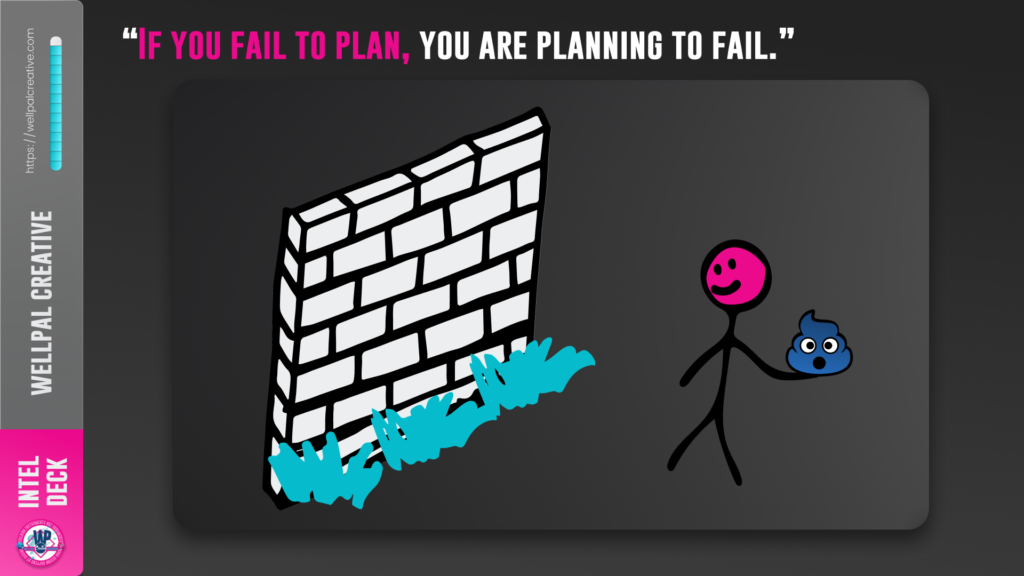
“Efficiency Over Expenditure: Unveiling Viability in Beginnings"
Embarking on the bootstrap journey, self-funded businesses navigate the delicate balance between efficiency and expenditure, unveiling the essence of viability in their beginnings. In this exploration, we delve into the areas of efficiency, frugality, and the strategic focus on essential operations, essential elements that not only ensure the feasibility of self-funded growth but make it sustainable over the long term.
Enter “SavvyCrafters,” a self-funded artisanal goods startup that epitomizes the ethos of efficiency. Their journey began with a meticulous examination of operational processes, ensuring that each expenditure contributed directly to value creation. By embracing a lean approach, they not only weathered the initial challenges of self-funding but also established a foundation for sustainable growth.
Contrast this with the path of “FlashTech,” a venture-backed tech firm that, in pursuit of rapid growth, expended resources generously. While this approach can propel growth momentarily, self-funded businesses like SavvyCrafters demonstrate that sustained viability comes from a strategic allocation of resources, focusing on what truly matters.
As we address the financial foundations of self-funded growth, it’s imperative to address a stark reality – giving away products or services for free, a strategy often seen in heavily funded ventures, is out of touch with the pragmatic world of self-funded businesses. For “GreenGrocers,” a self-funded organic produce retailer, profitability hinges on a fair exchange of value. Giving away products would not only disrupt their revenue streams but also compromise the very viability they strive to maintain.
There needs to be a clear understanding of the delicate dance between revenue generation and controlled expenditure.
By examining the impact of giving away products or services for free, we unravel the complexities of revenue and profitability in the self-funded business model, grounding our exploration in the practicality of sustainable growth.
“Paid Growth vs. Free Growth: Aligning Your Business Model with Reality"
For self-funded businesses, the decision between paid and free growth models is not just a choice; it's a strategic alignment with the reality of your business model.
Let’s investigate the core considerations that entrepreneurs face when navigating this critical choice, assessing the actual business model your enterprise is built for. Unravel the nuances of paid and free strategies to empower entrepreneurs to make informed decisions aligned with their unique circumstances.
Begin by examining the journey of “FreshFix,” a self-funded subscription-based meal kit service. Their decision to opt for paid growth was rooted in the understanding that quality, convenience, and premium offerings necessitated a sustainable revenue stream. By aligning with the paid model, they ensured the viability of their business and provided customers with a value proposition that transcended the limitations of free offerings.
Contrast this with “SocialSphere,” a venture-backed social media platform that initially embraced a free growth model. While the platform gained rapid user acquisition, the challenges of monetization and long-term sustainability became apparent. The self-funded approach of FreshFix exemplifies the importance of aligning the growth model with the inherent nature of the business.
As we investigate these considerations, it’s vital to recognize that the choice between paid and free growth extends beyond revenue generation. “EduEdge,” a self-funded e-learning platform, strategically chose the paid model to ensure a commitment from both users and the platform itself. This alignment with reality not only contributed to sustainable growth but also fostered a community invested in the educational journey.
Let’s dissect the intricacies of paid and free growth models a bit more (download the workbook here), acknowledging that the alignment of your business model with reality is the key to business sustainability. By unraveling the considerations that underpin this choice, we empower entrepreneurs to chart a course that not only reflects their unique circumstances but also propels their self-funded enterprise toward enduring success.

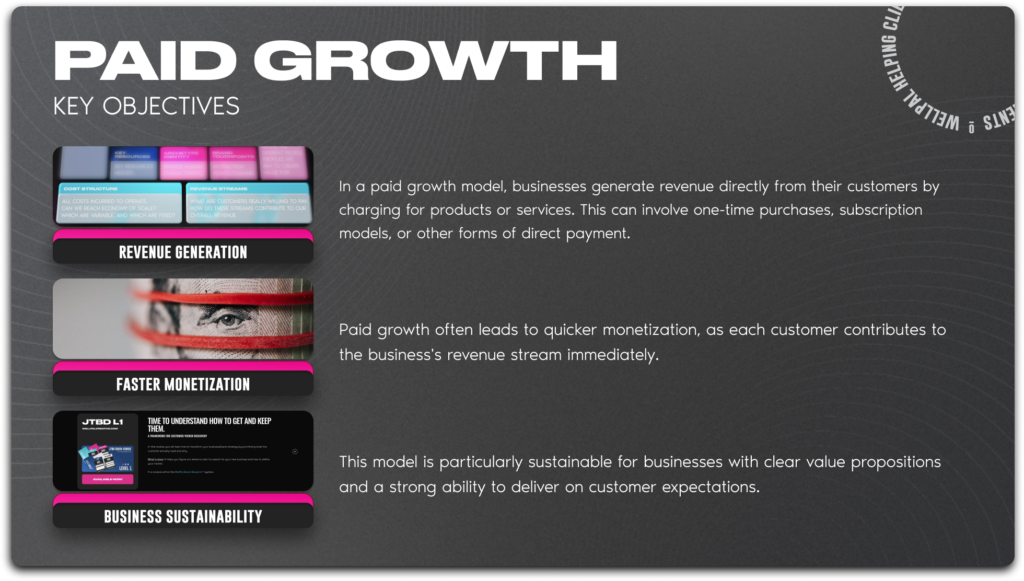
Both paid and free growth strategies have their merits and challenges. The choice between them depends on the nature of the business, target audience, and overall objectives. It’s crucial for entrepreneurs to align their growth strategy with their business model, considering factors such as customer lifetime value, acquisition costs, and the competitive landscape.
Balancing Act: Some businesses may incorporate elements of both strategies, offering a freemium model or free trial to attract users while having premium offerings that generate direct revenue.
Strategic Flexibility: The key is to maintain strategic flexibility. While free growth can create a broad user base and brand affinity, a clear path to monetization is essential for long-term sustainability.
In conclusion, the distinction between paid and free growth goes beyond marketing methods—it’s a fundamental choice in how a business generates revenue. Each approach has its place, and successful entrepreneurs carefully tailor their strategy to match their business goals and customer dynamics.
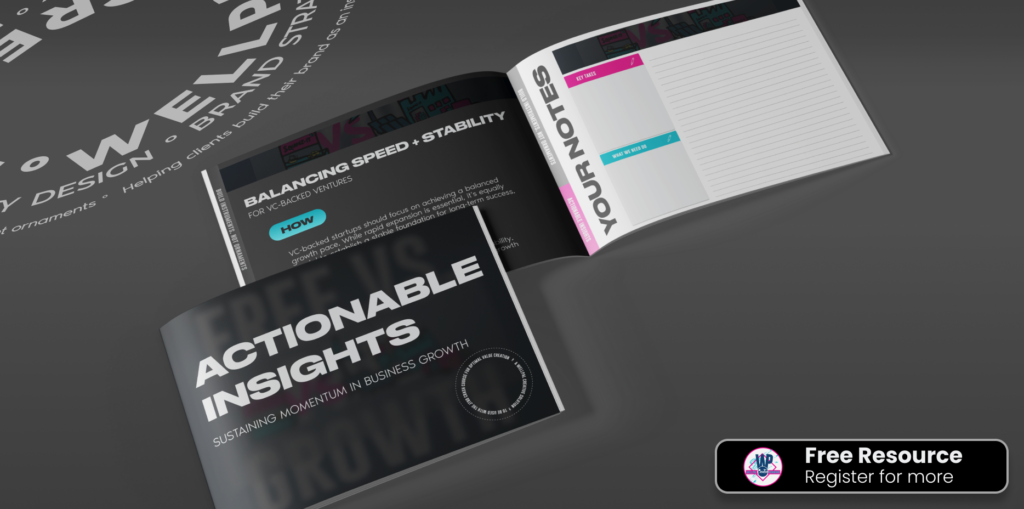
“What can they learn from each other”
In the dynamic ecosystem of business, the exchange of lessons between venture capital (VC)-funded brands and self-funded enterprises is a fertile ground for growth.
Let's try to decipher what VC-funded brands can learn from self-funded ones, and vice versa. In the intricate dance between these two worlds, there are invaluable lessons waiting to be uncovered.
Consider the narrative of “VelocityTech,” a VC-backed tech startup that witnessed rapid growth but faced challenges sustaining momentum beyond the initial stages. The lessons from self-funded businesses become apparent as we delve into the stories of ventures like “OrganicHarbor,” a sustainable living brand that, despite limited resources, managed to sustain steady growth over the years. The resilience and strategic focus of self-funded enterprises offer insights into building a foundation that withstands the test of time.
Conversely, “EduVenture,” a self-funded educational technology startup, explores lessons from the VC-funded space. While self-funded businesses often grapple with the need for direction and momentum, there are strategic approaches employed by VC-backed ventures that enhance scalability and visibility. By dissecting the strategies of VC-funded counterparts, self-funded enterprises can glean insights into accelerating growth and expanding market presence.
As we navigate through the crossroads of these two business landscapes, we unravel the complexity that contributes to the success or challenges faced by both. By understanding what VC-funded brands can learn from the nimbleness of self-funded enterprises and vice versa, we empower the entrepreneurial community to foster a culture of continuous learning and strategic adaptation.
Join us in this exploration, where the exchange of lessons becomes a catalyst for innovation and resilience, transcending the boundaries between VC-backed and self-funded businesses.
“Play stupid games, win stupid prizes.”
My 5 cents
In the perpetual debate between sprint and marathon, I advocate for a nuanced approach — a strategic sprint that considers the terrain and a marathon that emphasizes endurance.
The dichotomy of VC-backed rapid growth and self-funded steady progression reveals the need for a balanced blend. Speed, while crucial, should not compromise stability; growth, while essential, should not undermine longevity.
Drawing from theoretical constructs to practical scenarios, it’s evident that businesses need more than just velocity. They need purposeful velocity, a strategic sprint that aligns with long-term goals. The fictional brand, SprintVista, mirrors the urgency of modern businesses. My 5 cents? It’s not just about running; it’s about running with intent, ensuring every stride contributes to the enduring narrative.
Reflecting on real-world solutions, EcoCrafters stands as a testament to our commitment to sustainability. It’s not merely about crafting a brand; it’s about sculpting a brand that resonates with values. The journey with EcoCrafters reinforces that growth isn’t isolated; it’s an integral part of a narrative that unfolds over time. WellPal’s role is not just in creating brands but in fostering legacies.
How I can help you further.
I believe that effective design and branding should be accessible to everyone, but custom work requires resources and time. The WellPal Creative site has both paid and free resources to get you started.
Have a look at my process for brand strategy building or register (free) to get access to more detailed content and freebies on similar subjects.
If you are already a bit more serious and further along the process of building your business or brand, and would like a 3rd party input on structuring your framework or building your brand, you can consult me or get in touch for a project-specific offer.
I’m dedicated to helping businesses of all sizes and industries create visually striking and effective brands and materials that stand out and deliver results.
Whether you’re a small start-up looking to make a splash in your industry or an established company looking to refresh your image, WellPal Creative has the solution for you.


